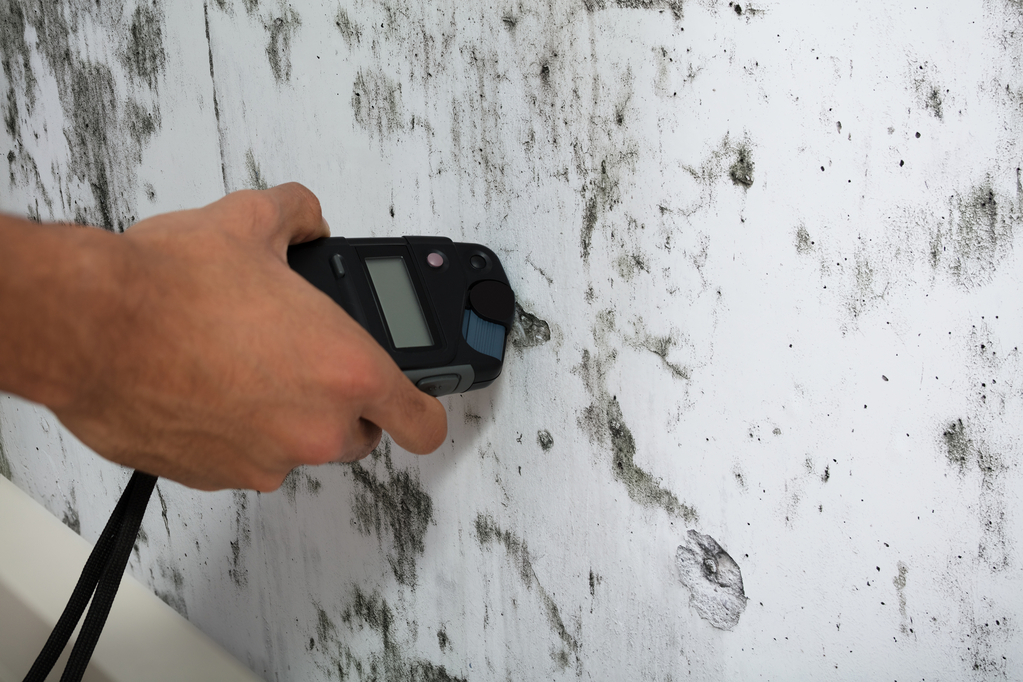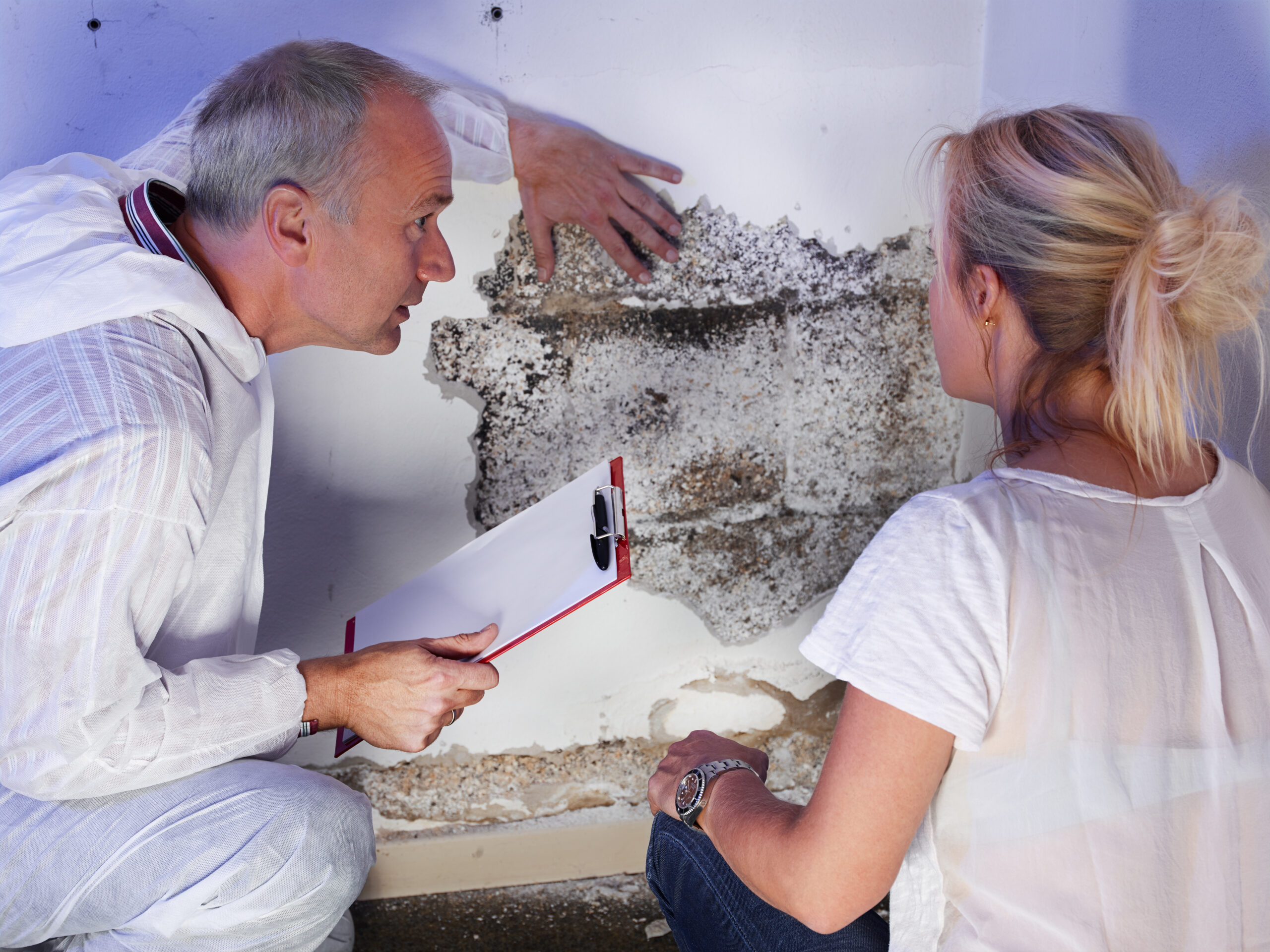Your Ultimate Overview to Blog Post Mold And Mildew Removal Techniques
In the consequences of mold and mildew invasion, recognizing just how to properly remove the mold and avoid its reoccurrence is paramount for preserving a healthy interior environment. From selecting the appropriate cleansing and decontaminating methods to carrying out methods for long-lasting mold prevention, each action in the removal trip plays a crucial role in guaranteeing a successful outcome.
Understanding Post-Mold Removal Process
After finishing the mold remediation process, it is essential to understand the post-mold remediation methods that are necessary to make sure a efficient and extensive cleanup. As soon as the mold and mildew has been gotten rid of, the next step involves cleansing and decontaminating the influenced locations to stop any type of regrowth of mold and mildew. This includes utilizing specialized cleansing representatives to clean down surfaces and kill any type of remaining mold spores. It is vital to dry out the area totally to dissuade the development of mold and mildew in the future (Post Mold Remediation). Correct ventilation and dehumidification can aid in this procedure.
Furthermore, conducting a final assessment post-remediation is crucial to ensure that all mold has been effectively gotten rid of. This examination ought to involve a thorough aesthetic check in addition to potentially air tasting to validate the absence of mold spores airborne. If the assessment exposes any type of remaining mold and mildew, extra removal might be essential. Informing owners on preventive measures such as controlling dampness levels and without delay attending to any water leakages can aid maintain a mold-free setting.
Efficient Cleaning and Disinfecting Techniques

Preventing Future Mold Growth

Significance of Proper Air Flow
Correct ventilation plays an important role in stopping dampness build-up, a crucial consider mold growth within indoor environments. Effective ventilation systems help get rid of excess humidity from the air, decreasing the opportunities of mold spores finding the wetness they require to germinate and spread. Without sufficient air flow, interior spaces can come to be a breeding ground for mold and mildew, leading to possible health and wellness dangers and architectural damages.
By ensuring proper air flow, ventilation systems can additionally assist in drying moist areas a lot more rapidly after water damages or flooding incidents, additionally hindering mold and mildew development. testing air quality after mold remediation. Precede like restrooms, basements, attics, and kitchens Learn More Here where dampness levels tend to be higher, setting up and keeping efficient ventilation systems is important in avoiding mold and mildew invasions

Tracking and Upkeep Tips
Given the vital duty that correct ventilation plays in stopping mold development, it is important to establish effective monitoring and upkeep ideas to make certain the continued capability of air flow systems. Regular examinations of ventilation systems need to be performed to look for any indications of blockages, leakages, or breakdowns that can hinder correct air movement. Monitoring humidity levels within the building is Full Article additionally crucial, as high moisture can contribute to mold and mildew development. Mounting a hygrometer can help track humidity levels and sharp homeowners to any type of spikes that might require focus. In addition, making sure that air filters are on a regular basis cleaned up or changed is necessary for preserving the performance of the air flow system. Applying a schedule for routine upkeep tasks, such as duct cleaning and heating and cooling system inspections, can help stop problems prior to they escalate. By remaining proactive and attentive to the condition of ventilation systems, homeowner can properly mitigate the threat of mold and mildew regrowth and keep a healthy and balanced interior atmosphere.
Verdict
To conclude, post-mold remediation strategies are important for ensuring a risk-free and clean atmosphere. Recognizing the process, implementing efficient cleaning and sanitizing approaches, avoiding future mold growth, preserving correct air flow, and routine monitoring are look at this now all essential actions in the removal process. By adhering to these standards, you can efficiently eliminate mold and mildew and stop its return, functioning or promoting a healthy and balanced living room for all residents.
In the aftermath of mold problem, recognizing exactly how to successfully remove the mold and mildew and prevent its reoccurrence is vital for keeping a healthy interior environment. Once the mold has actually been eliminated, the following step entails cleansing and sanitizing the impacted areas to avoid any type of regrowth of mold and mildew - Post Mold Remediation. After eliminating noticeable mold and mildew growth, it is essential to clean up all surface areas in the damaged area to eliminate any kind of staying mold and mildew spores. To additionally enhance mold prevention steps, it is crucial to deal with underlying issues that at first led to mold development.Offered the critical role that correct ventilation plays in avoiding mold development, it is vital to establish efficient monitoring and upkeep ideas to make sure the ongoing capability of air flow systems